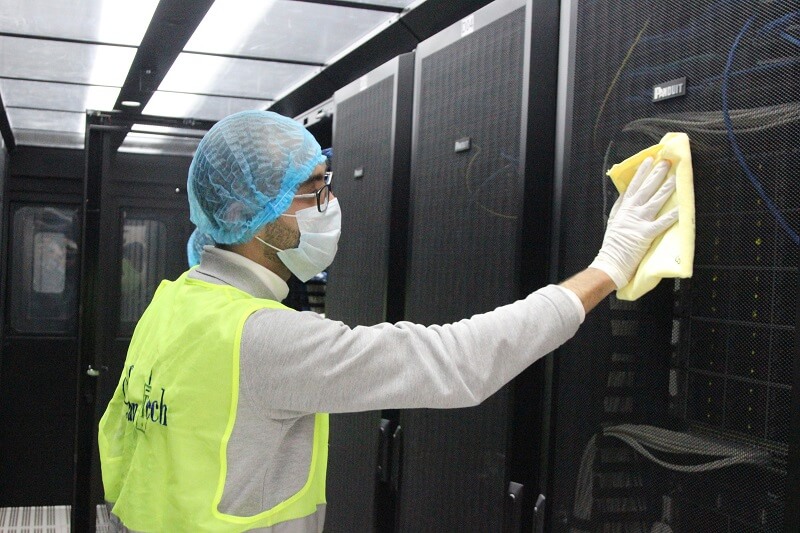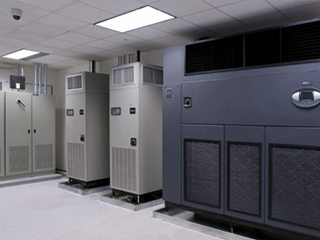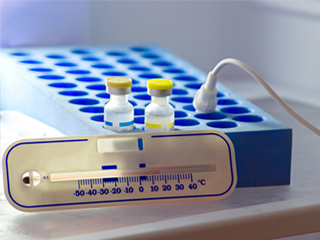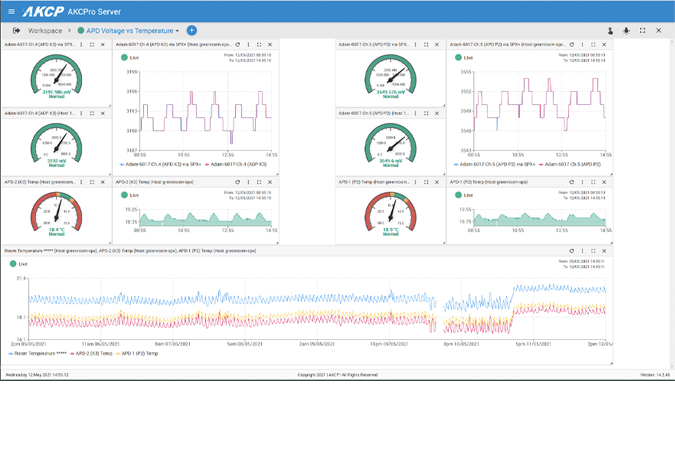During the COVID-19 pandemic, the importance of sanitization and cleaning in Data Centers has increased.
In this article, we’ll examine cleaning methods and the recommended disinfection procedures for a data center.

Modern data centers are usually clean areas with their own air filtration units, controlled access, static mats at many entries, and air pressurization in white spaces with HVAC controlled temperature and humidity. But in areas where the maintenance personnel have to work, it’s important to frequently disinfect the frequently touched surfaces to eliminate possible virus contamination.
The threat to data center operations by the pandemic is a proven fact (referring to Uptime Institute’s survey) many facilities reported IT service slowdowns, network issues or outages, mostly due to shortage of maintenance personnel (due to illness, separation of shifts and self-isolation). Therefore, proper cleaning can have a positive effect on the data center’s uptime.
Standard cleaning and deep cleaning
In standard operation, most data centers run periodic thorough cleaning in the facility to remove any dust, static and residue elements. This is also done to meet ISO 14644-1 standard, as required by ASHRAE.
Often air quality indicators are used to determine when further cleaning is needed. Depending on the facility, air exchange rate/volume, the cooling solution used, and the raised floors (found mostly in older data centers) can greatly affect the number of particulates in the air.
The cleaning methods and areas to clean can vary by each data center, some are deep-cleaned including the plenum spaces and underfloor areas on an annual or biannual basis.
It’s always recommended to do a more frequent cleaning and disinfection of all the horizontal and vertical surfaces, handrails, doors, entry keypads and other high-traffic areas.
For data centers, the cleaning personnel must be professionals who follow strict procedures and handle the cleaning with great care, since they will be working around very sensitive and expensive equipment.
Vacuum cleaners with HEPA filters should be used during cleaning, to prevent any dust or dirt particles as small as 0.5 microns to get airborne, and end up in the servers and other sensitive equipment with the intake air.
Sanitization cleaning
Sanitization or disinfection will require even more care, as the handling and usage of the cleaning materials often requires to follow specific procedures. If properly done, the sanitization process can remove all traces of viruses.
To make the process effective, an initial deep cleaning should be performed, then regular disinfection should be done in highly trafficked spaces and high-touch areas, such as:
- Handrails
- Handles
- Light switches
- Doorknobs
- Input devices such as keypads, keyboards
The disinfection is not providing permanent protection. The effect of the disinfectant is typically just lasting for a few hours, and the virus could be again reintroduced by personnel.

Considerations
Keep in mind that the cleaning and sanitization can introduce some risks to the IT equipment, such as accidental disconnection, physical damage or other unplanned downtime.
Data Center owners should also consider the cost of cleaning, which could be as much as $100,000 for a 100,000-square-foot facility for each deep cleaning process. The sanitization will add another 20% or more overhead to this cost.
This cleaning cost can rise quickly, especially if repeated cleaning of high-traffic areas is required.
Therefore the frequency of cleanings and the cost should be well balanced.
According to ASHRAE, computational fluid dynamics may be used to identify and model the likely landing places for airborne viruses, making these treatments even more effective.
Recommendations for cleaning and disinfection processes include ozone treatment and ultraviolet germicidal irradiation (UVGI), biostatic antimicrobial coating and other relevant products.
UVGI is a disinfection method that uses short-wavelength UV (ultraviolet C or UVC) light to kill or inactivate microorganisms. However, the UVC light can only disinfect where it is directly applied, so it cannot be used to treat any surfaces where its targeted exposure is not possible, such as in overhead plenums, under any raised floors, and behind any cabinets/cables. In addition, human exposure to the wavelength usually used in UVGI (253.7 nm) can damage the skin and eyes.
Cleaning – DIY
Some data centers might take a DIY approach for the cleaning and sanitization to reduce the costs.
However, untrained staff might make matters worse if they don’t wear proper PPE, or do not follow the necessary procedures exactly. They could also overlook server air intakes, plenums or even accidentally disperse harmful particulates into the air. Even trained personnel could accidentally damage or disconnect IT equipment during the cleaning work.
The necessary cleaning materials and supplies might be hard to find for a DIY person.
For data center owners who would like to take DIY approach in cleaning, there are some useful information available online:
- The US Environmental Protection Agency (EPA) has a regularly updated list of chemicals that are effective against COVID-19: List N: Disinfectants for Use Against SARS-CoV 2 (COVID-19).
- The UK published the Regulatory status of equipment being used to help prevent coronavirus (COVID-19).
- Dell recommends the use of a microfiber fabric cloth moistened with 70% isopropyl alcohol for cleaning frequently touched sensitive IT equipment.
For DIY cleaning, also keep in mind the following precautions and recommendations:
- Cleaning must be limited only to external surfaces such as handles, key pads and other common points of contact. Do not open cabinet doors and server chassis, or attempt to clean any internal components.
- Never spray any liquids directly onto or into any equipment. Use moistened microfiber cloth or other appropriate cleaning material. Do not allow any moisture to drip into any areas.
- When cleaning displays, carefully wipe in one direction, moving from the top of the display to the bottom.
- Fiber optic cabling should not be removed for either the general-purpose or disinfectant cleaning, due to the increased risk of debris contamination.
- If the IT equipment must remain operational while the external surfaces are cleaned, use extreme caution in exposing powered equipment to any moisture. Take all proper and necessary precautions when handling any powered equipment that has been exposed to moisture. Be careful not to accidentally unplug any wiring.
- If the IT equipment can be powered down, remember to follow the proper shutdown procedures. After cleaning, all surfaces must be completely air-dried before powering up the equipment. There should be no moisture visible on the surfaces of the equipment before it is powered on or plugged in again. Re-check all wiring and connections before powering on.
- Avoid using the following harsh cleaning chemicals as they can damage the surface of your equipment:
-
- Peroxides (including hydrogen peroxide)
- Any chlorine-based cleaner, such as bleach
- Ammonia (i.e. Windex)
- Solvents such as; acetone, paint thinner, benzene, methylene chloride or toluene
- Ethyl alcohol
-
- Cleaning personnel should use appropriate PPE, and discard the disposable items appropriately after use. Clean hands immediately afterwards.
Cleaning – Professional Companies
Trained and certified (ISO 14644) personnel are able to successfully clean and sanitize a Data Center. Cleantech based in Jordan is an example of these professional Data Center cleaning service companies.
They must have the required cleaning equipment and appropriate materials for doing the cleaning and sanitization and correctly use relevant personal protective equipment (PPE) such as disposable gloves and masks.
Cleaning specialists should have sufficient inventory of these cleaning supplies without the need to quickly source them locally.
Nevertheless, all cleaning personnel must be aware of specific treatments for COVID-19, as they could be different from the regular cleaning procedures.




